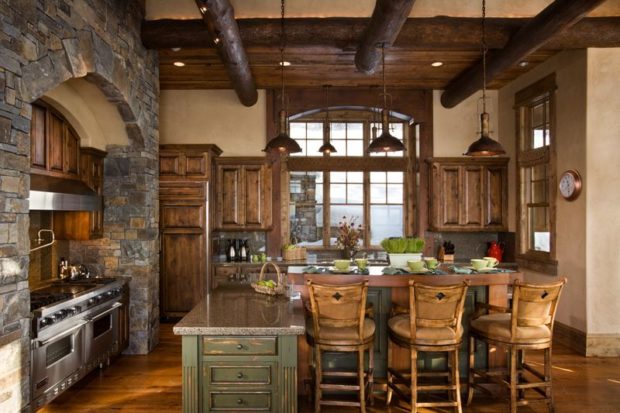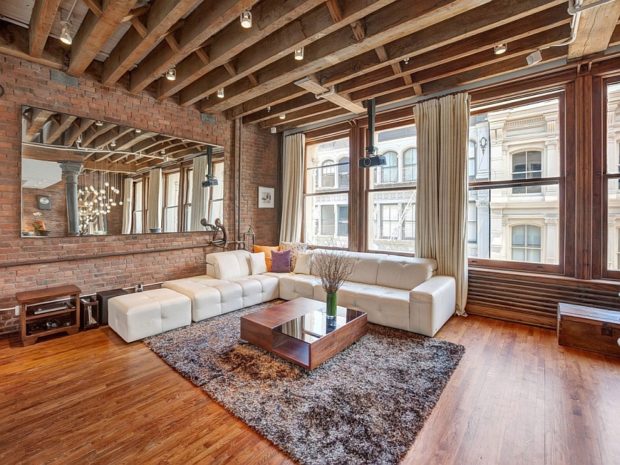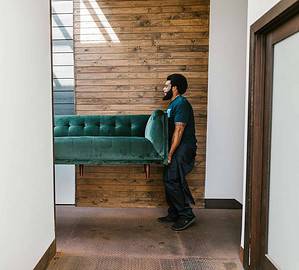Restoring old wooden furniture is not for the faint of heart. It is not a hobby you should consider if you expect fast results and have limited patience. Then again, if you want to discover a new way of spending your time while creating something beautiful, this might be for you. Furthermore, if you become good at it, you will rescue numerous old pieces of furniture from landfills and even might make a few extra bucks in the process.
Once you have found your first project, make sure the wood is of quality and is not a veneer applied onto plywood. Restoring will add value only to pieces of furniture that have some to begin with. Check your furniture for labels or stamps from the manufacturer. If it is a valuable antique, restoring it might alter its worth. In that case, contact an expert such as glensheldon.com.au to handle the restoration. They will repair scratches, restore finishes and revitalise your heirlooms. If your furniture is not a masterpiece or you are determined to restore it yourself, you will need a place to work.

Choose a place that is well-ventilated, has plenty of light and is out of the way for your family and pets. Gather all the necessary tools for your work, preferably before you start. Use something to protect the floor where you will work, but be mindful that restoring furniture uses chemicals that potentially work through most surfaces, so avoid working on your beautiful hard wood floor. You will need protective equipment such as goggles, dust mask, cloth gloves and a long-sleeve shirt. The material required is not excessively expensive and consists of paint strippers, scraping tools of various shapes and sizes (spatulas, toothbrush, metal scraper), steel wool, rags, as well as a few items for repairs such as glue and screws.
Once you have gathered everything you need, begin with a thorough cleaning of the furniture. Using soap and warm water, wash the piece entirely and carefully, also drying it promptly with a towel. Wash it only if it seams stained or finished. You should not wet exposed wood. This step may reveal a beautiful piece of furniture that may not require as much work. If it turns out that restoration is needed, begin with small repairs and fixing broken parts. Then, take it apart, gently. You are now ready for the hard work.
The stripping process begins with the application of the stripper, either paste or liquid, one surface at the time. After letting the product sit for a bit, push the finish off with the stripping tools. Do not press hard as it could damage the wood. If the old finish is not gone with one application, repeat the process until you are satisfied. Some people recommend neutralising the stripper with the right product using a steal wool pad. To know which neutraliser to use, you should read the label on your stripper to ensure you buy the right product. Let your furniture sit for at least one day. Then, rub it gently with a steel wood pad and dust it off with a cotton rag. You are ready for the new finish.
Staining your furniture is generally not necessary, especially if you wish to resell it for a profit. If you must stain it, apply the stain gently, on faded area first and wipe off extra stain. You must know that if you use paint, your furniture will lose all resale value as an antique. For the finishing touch, use polyurethane or epoxy varnishes or finishing oil. Apply in thin layers and let dry thoroughly between each application. Make sure you dust the furniture before each application. If you wish to eliminate the gloss, rub gently with a piece of steel wool. You can also add a thin layer of furniture wax.
Your project is almost complete, you only need to reassemble your furniture and enjoy it.




